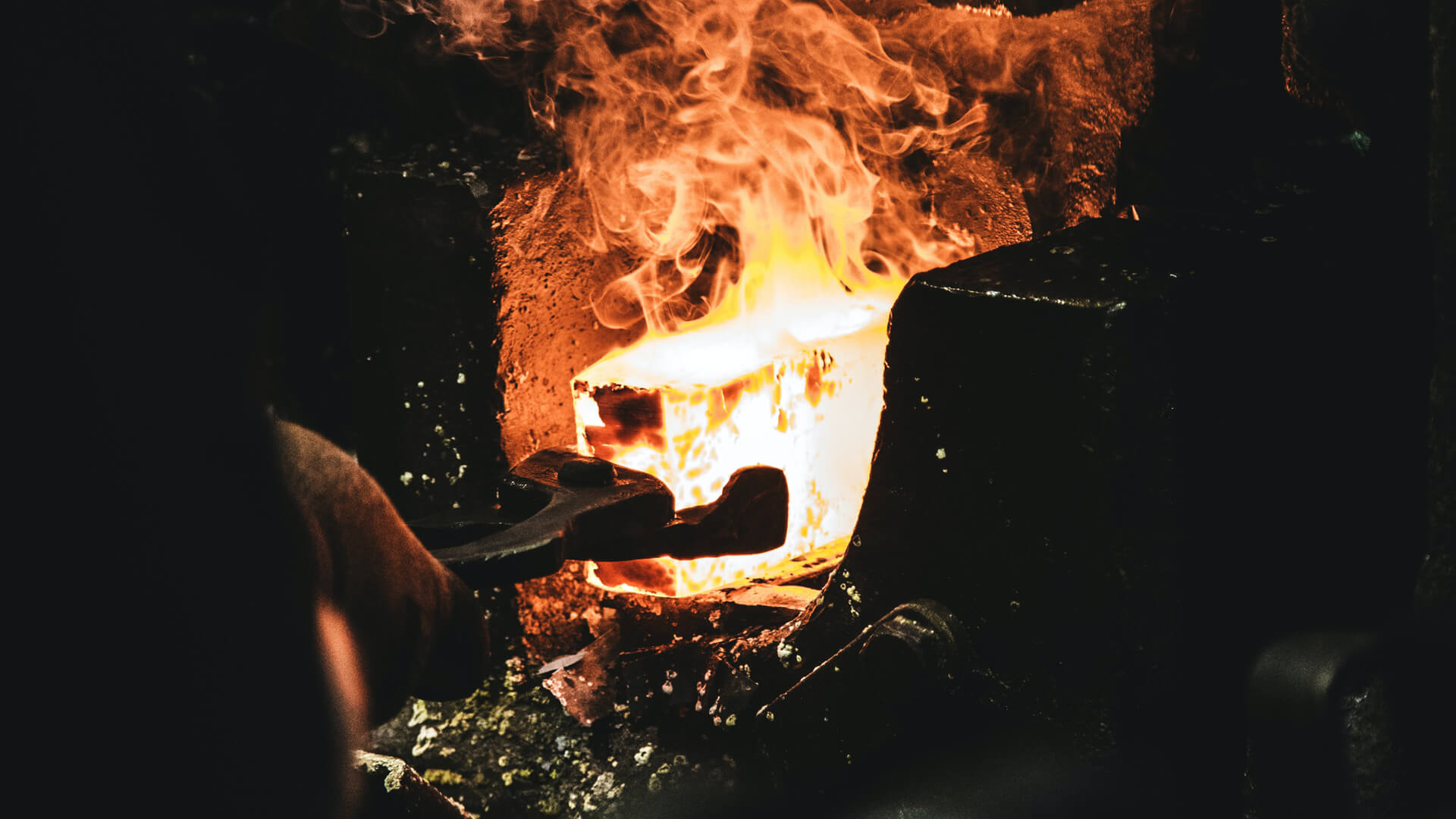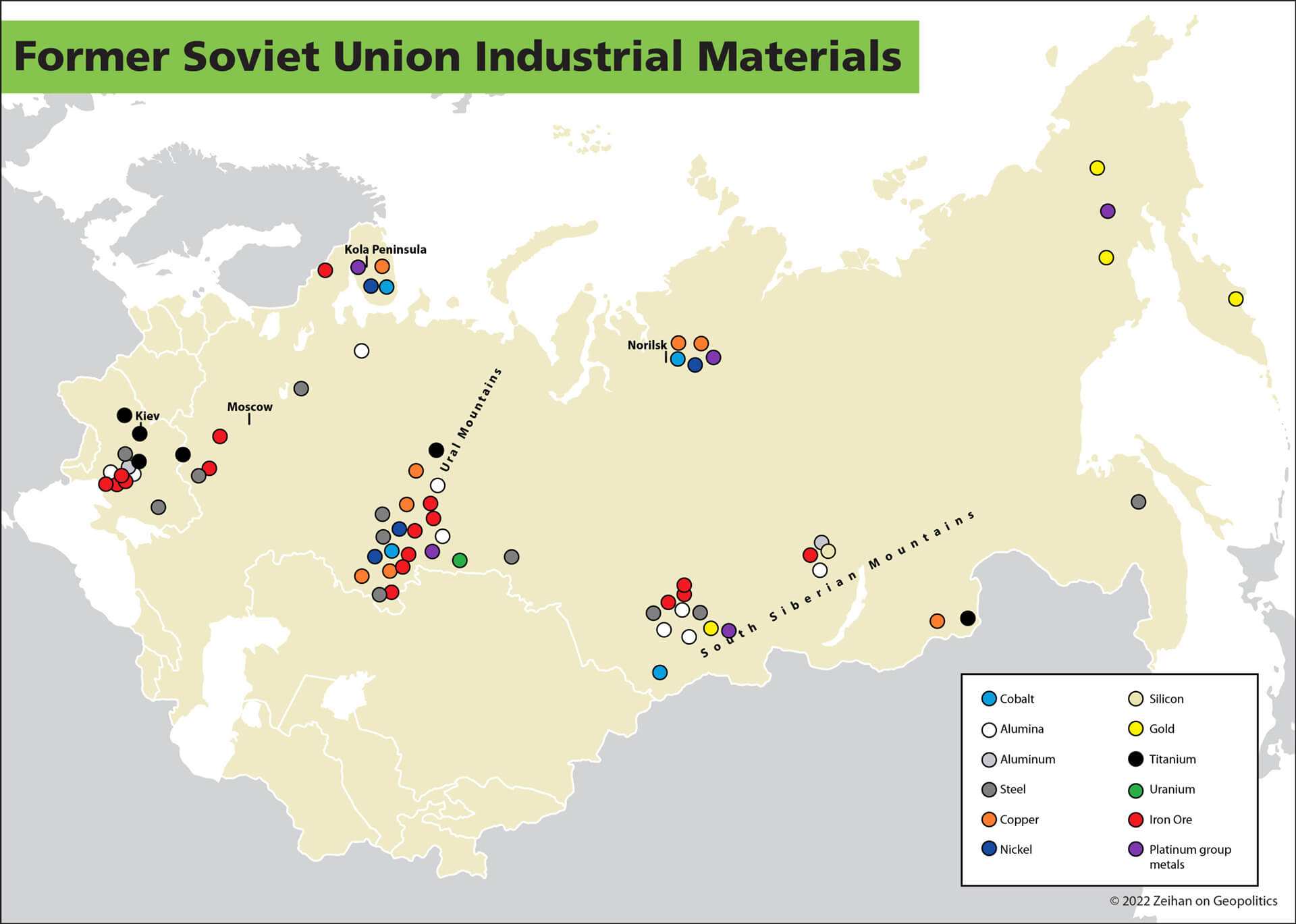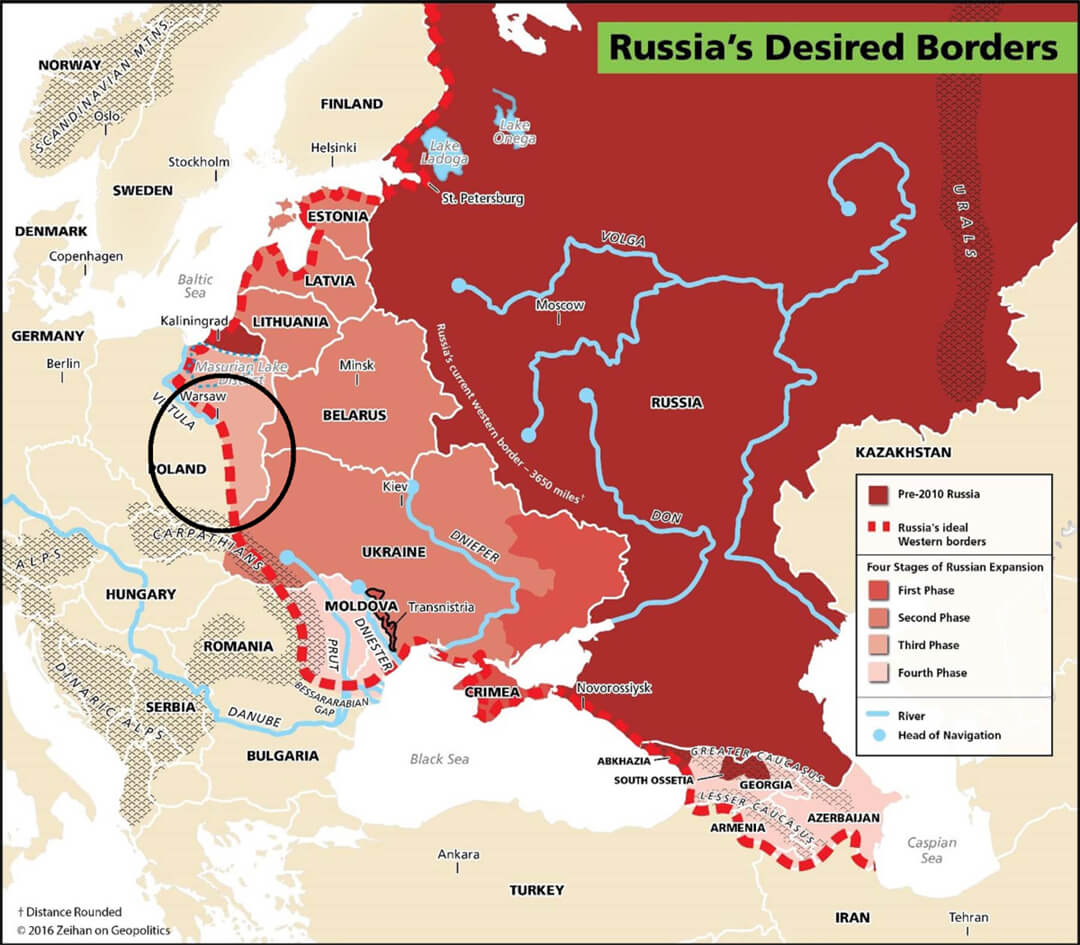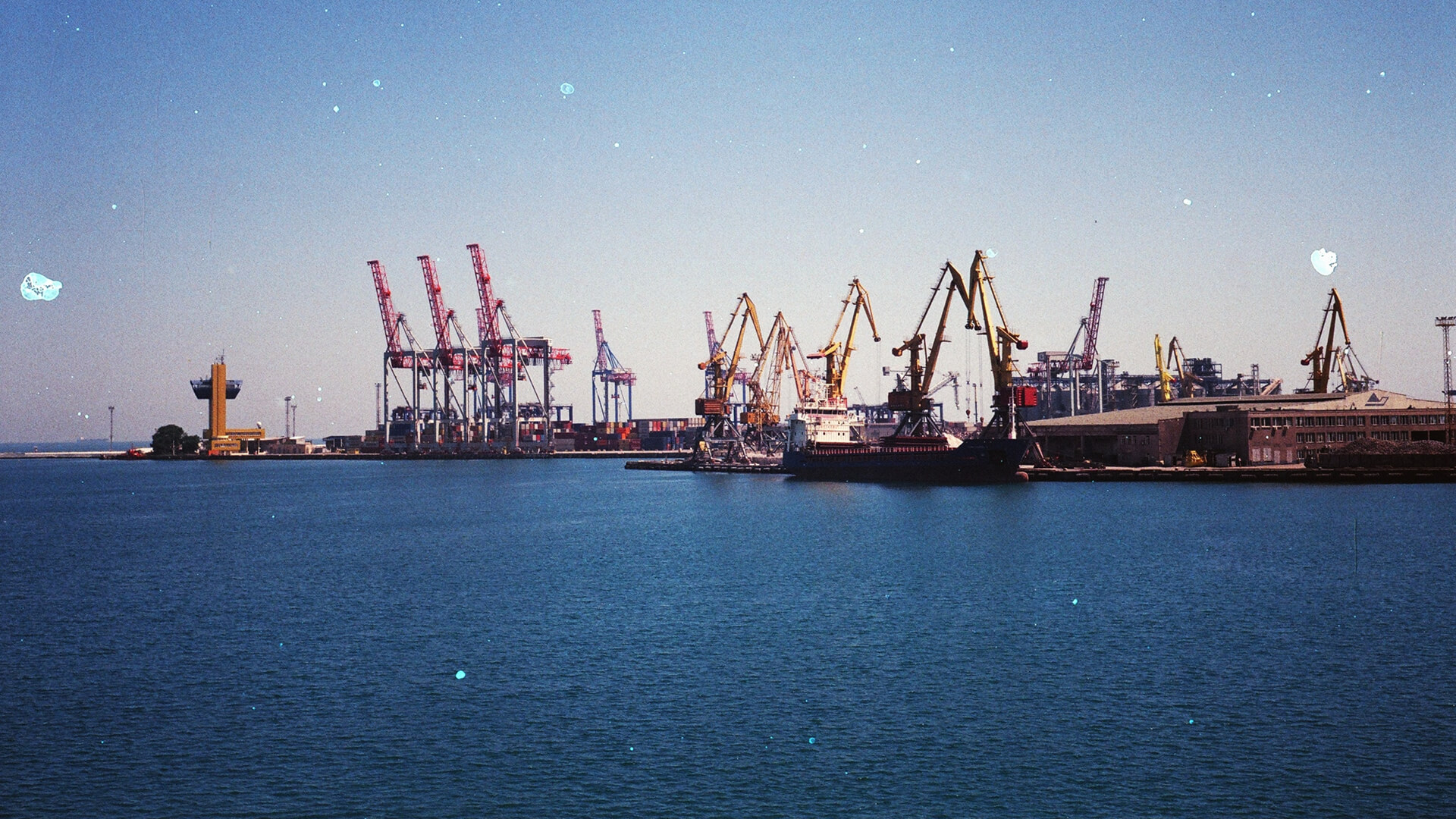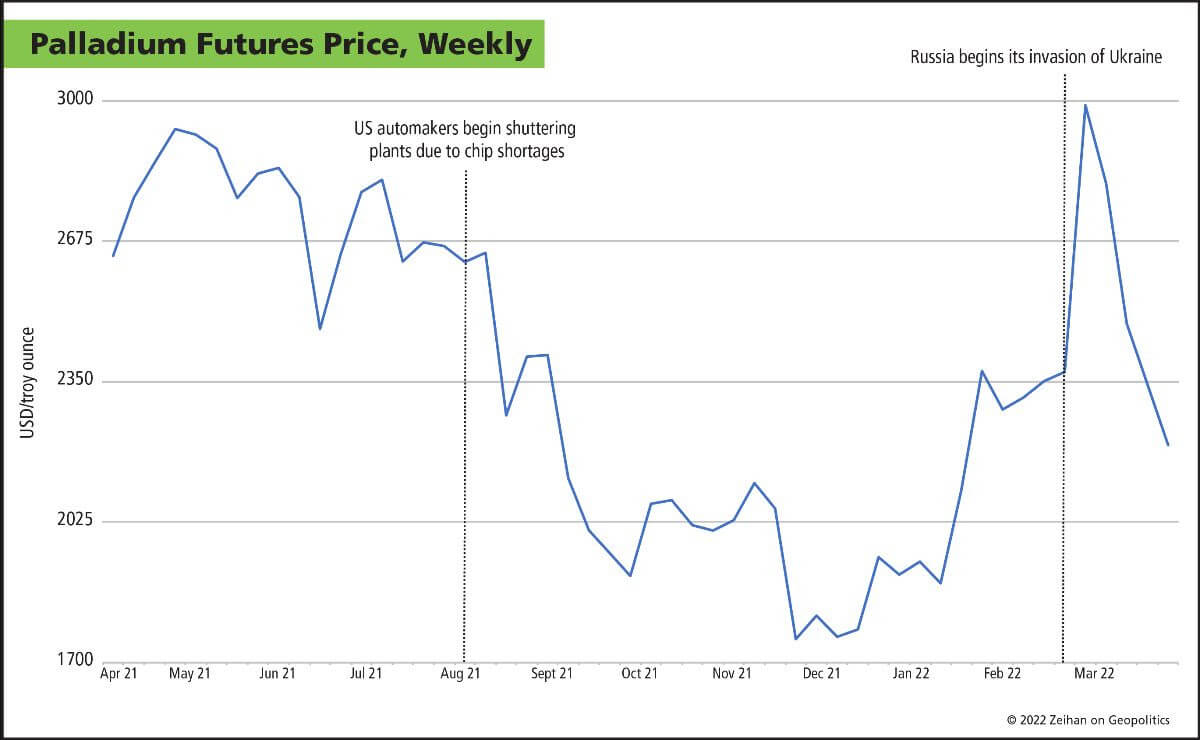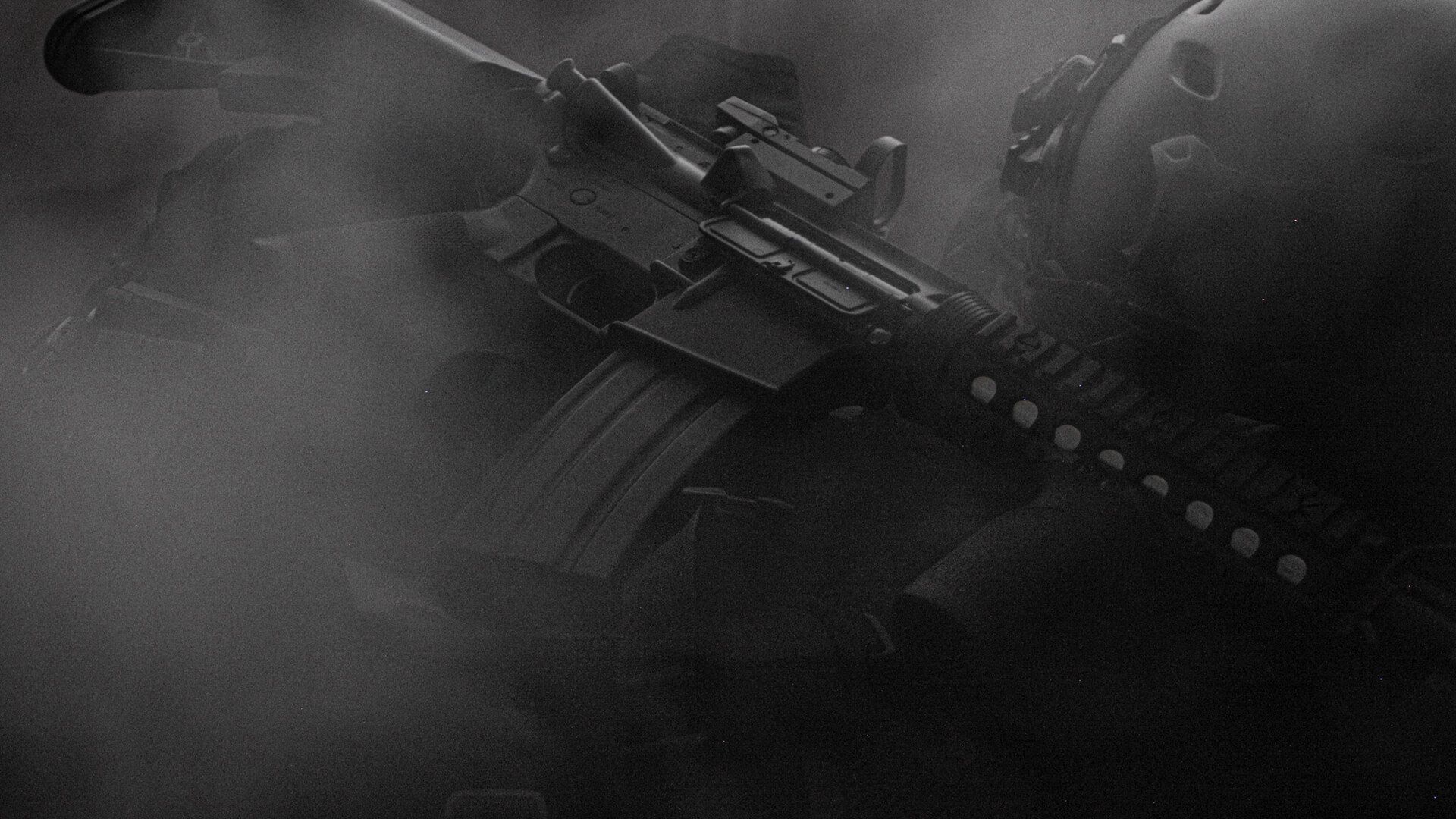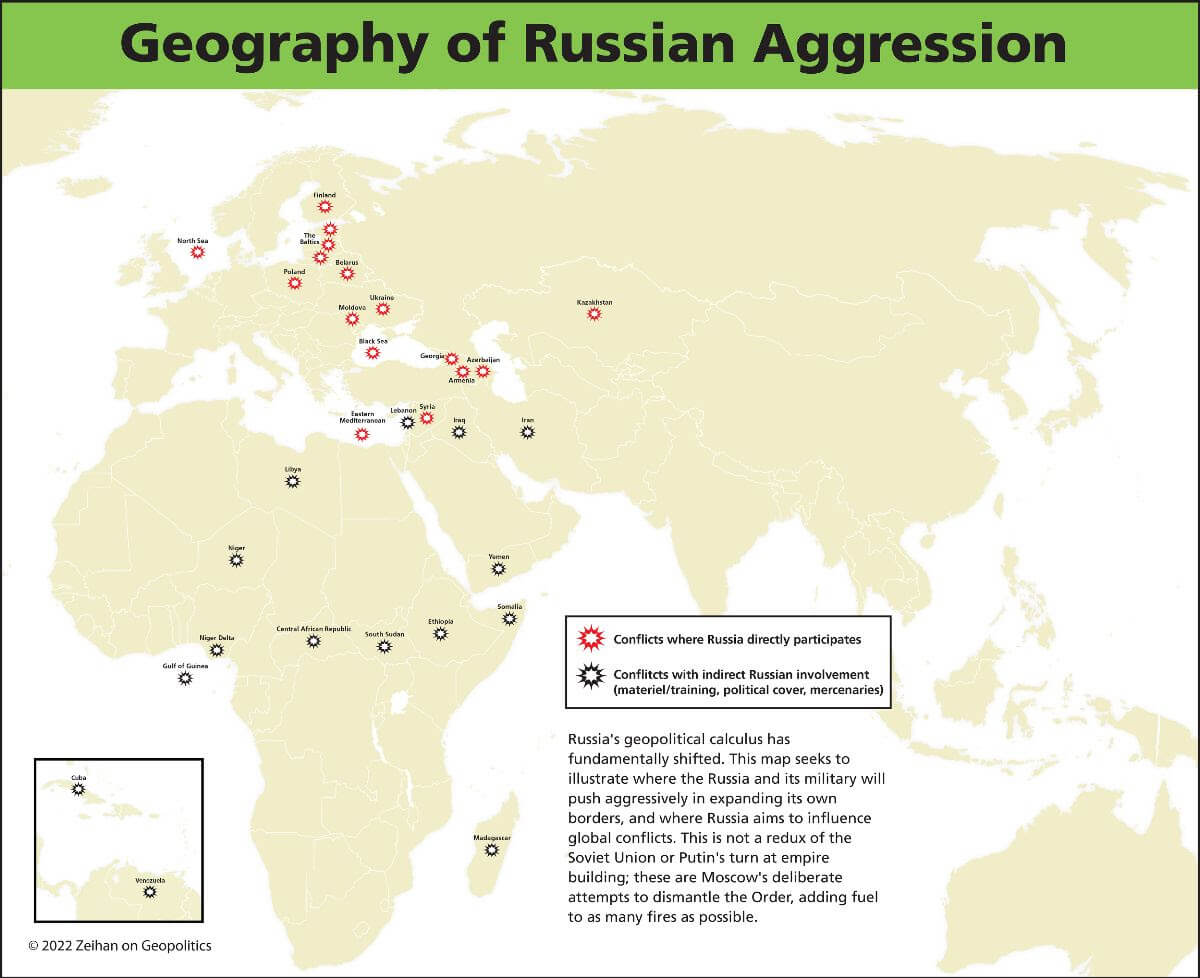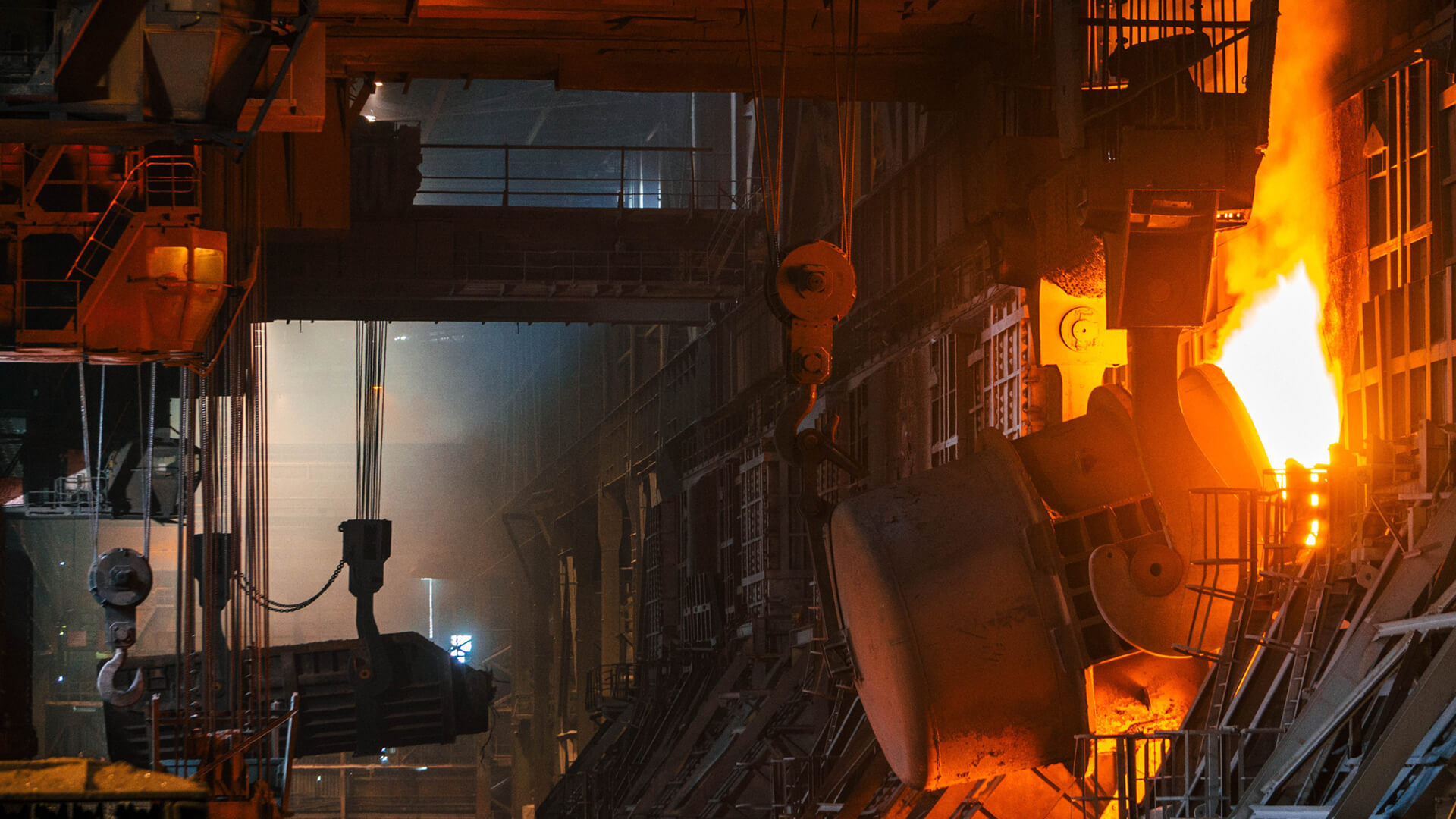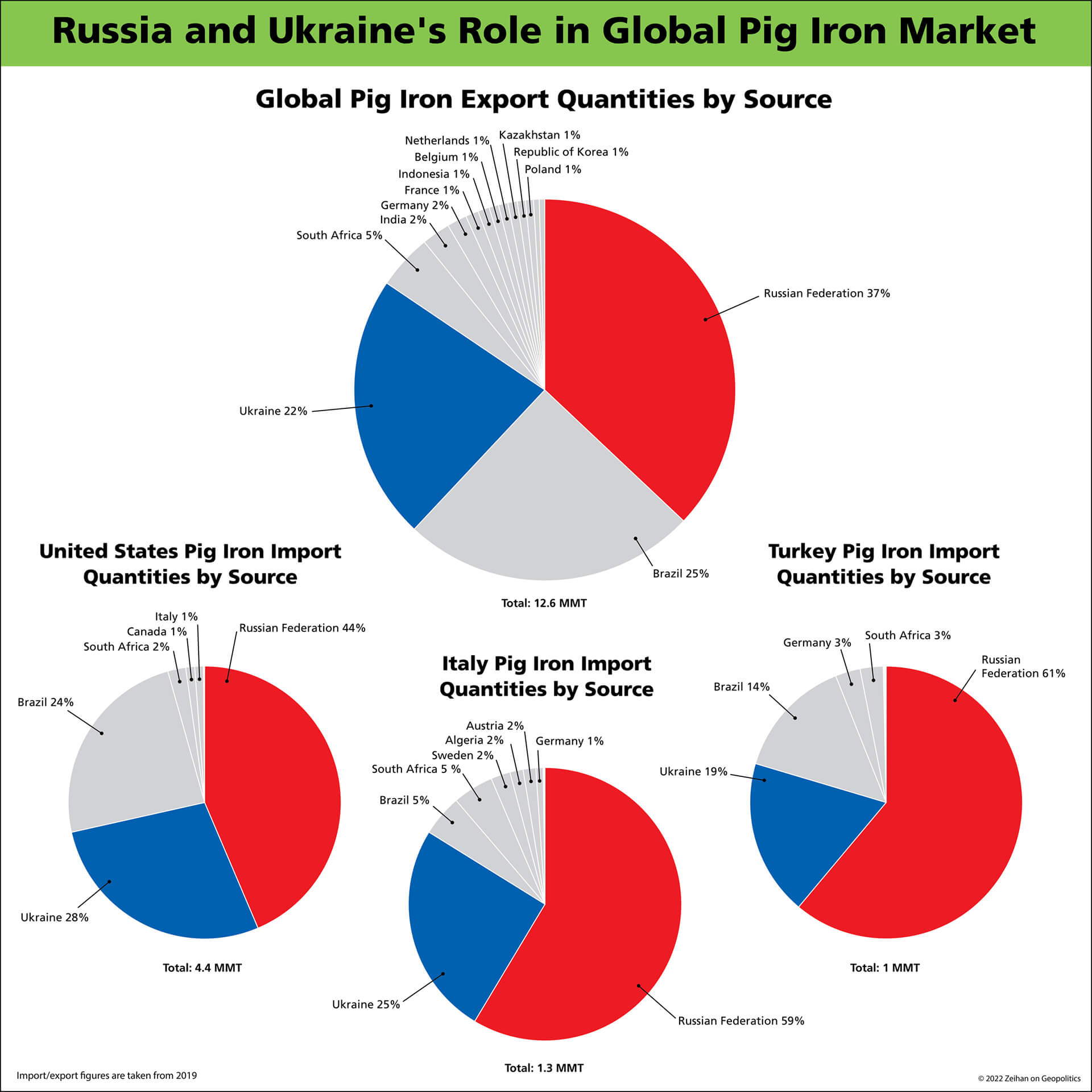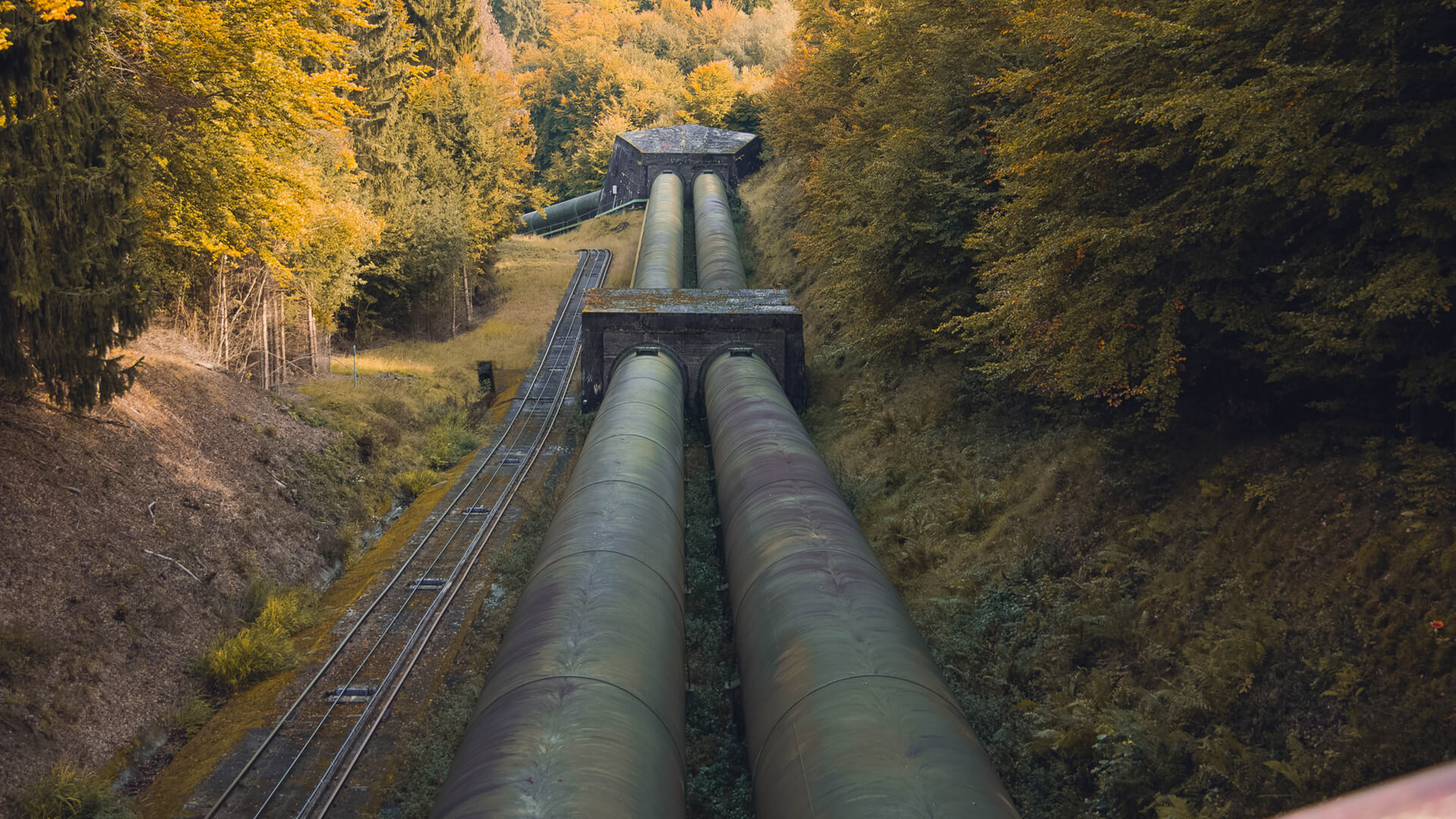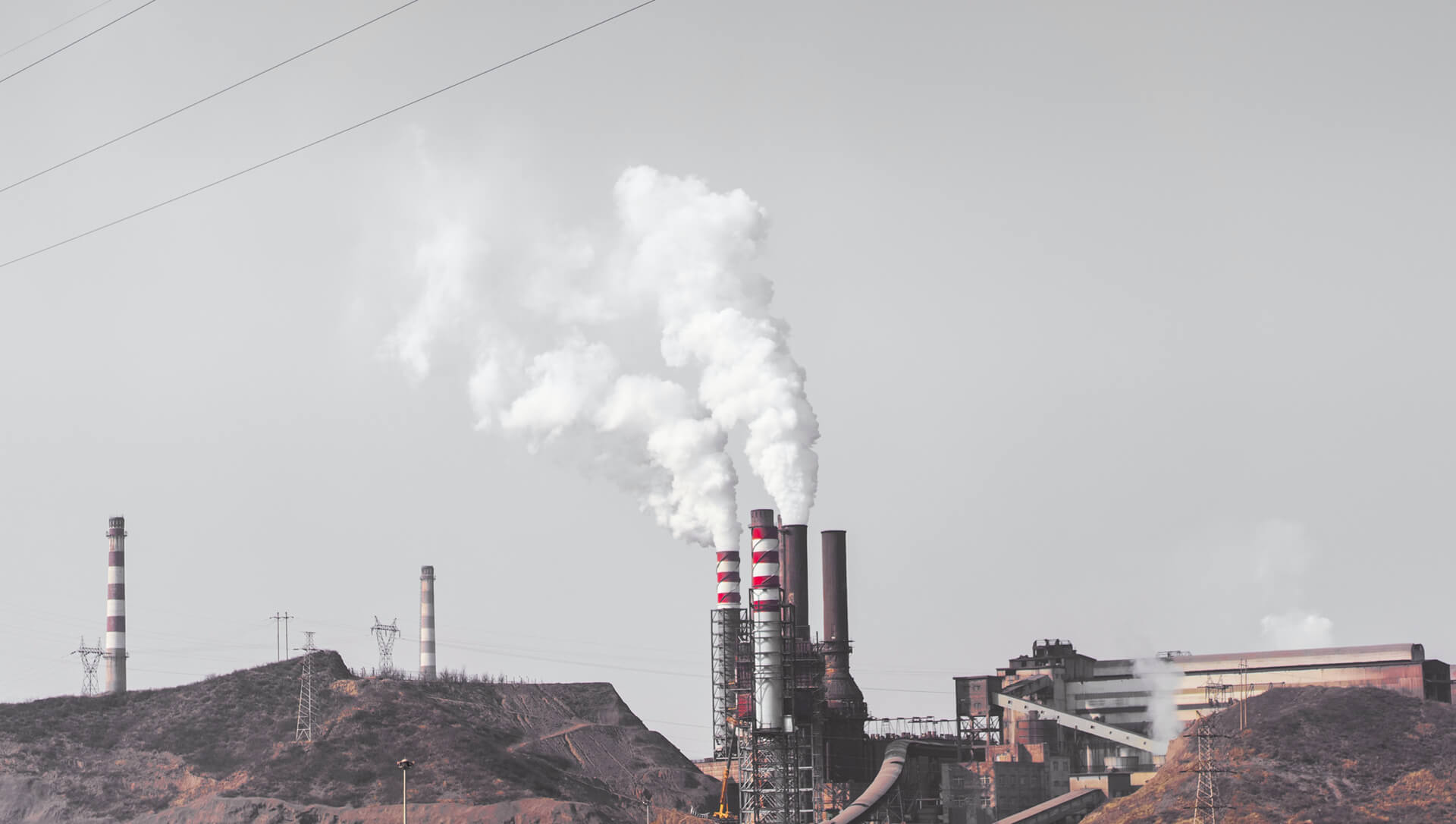There has been a persistent argument made by Russia apologists – unwitting or otherwise – that Moscow’s invasion of Ukraine is the fault of the West. Or NATO. Or some combination, but with the United States ultimately bearing the brunt of responsibility. It isn’t particularly new, either; Russia and a whole constellation of international relations theorists and political scientists and peaceniks and Russia apologists have been making it for decades.
I’m not confused by whyit’s happening. It’s absolutely in Russia’s interest to try and make the international community see its actions as reasonable and justified. I’m just confused that anyone believes it.
At the crux of the argument is a belief that the violent party (in this instance, Russia) has to lash out, and that the victim, (here, Ukraine) has somehow been asking for it. If this kind of framing makes your skin crawl, it should: Russia is an expansionist imperial power looking to justify its state violence against its neighbors by making it their fault.
Which brings us to another inconvenient truth: those who decry NATO expansion, or are quick to believe Moscow’s propaganda – that allowing former Soviet states to pursue a the path of free market democracies is a prelude to US military expansion – ignore Russian history.
There is no conflict that Russian Vladimir Putin has participated in that doesn’t have a Soviet or Tsarist analogue. Russia has been in a near constant state of war or military expansionism since the 1500s. This is partly explained by the insecurity of the Russian core’s borders. NATO expansion didn’t provide the reason or excuse for Moscow’s current actions. But it does provide those in the way of Russian tanks the opportunity of collective self-defense.
Here at Zeihan On Geopolitics we select a single charity to sponsor. We have two criteria:
First, we look across the world and use our skill sets to identify where the needs are most acute. Second, we look for an institution with preexisting networks for both materials gathering and aid distribution. That way we know every cent of our donation is not simply going directly to where help is needed most, but our donations serve as a force multiplier for a system already in existence. Then we give what we can.
Today, our chosen charity is a group called Medshare, which provides emergency medical services to communities in need, with a very heavy emphasis on locations facing acute crises. Medshare operates right in the thick of it. Until future notice, every cent we earn from every book we sell in every format through every retailer is going to Medshare’s Ukraine fund.
And then there’s you.
Our newsletters and videologues are not only free, they will always be free. We also will never share your contact information with anyone. All we ask is that if you find one of our releases in any way useful, that you make a donation to Medshare. Over one third of Ukraine’s pre-war population has either been forced from their homes, kidnapped and shipped to Russia, or is trying to survive in occupied lands. This is our way to help who we can. Please, join us.


